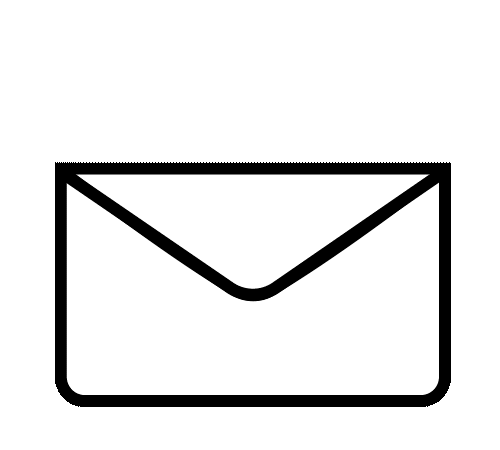Nostalgia Marketing: Why Millennials and Gen Z Are Driving a Cultural Revival
Millennials and Gen Z love a good nostalgic campaign. From Y2K fashion to retro reboots, discover how brands are leveraging it and what it reveals about generational behaviour.
August 6, 2025
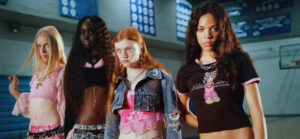
From Y2K fashion revivals to rebooted childhood favourites, nostalgia marketing is dominating cultural and commercial landscapes in 2025. But this isn’t just a sentimental trend. For Millennials and Gen Z, nostalgia is a strategic language – one that responds to uncertainty, affirms identity, and builds emotional connection in a fragmented media environment. Brands, platforms, and creators that understand how to remix the past with relevance are earning not just attention but cultural capital.
Why Millennials and Gen Z Are Nostalgia-Driven
For both generations, nostalgia acts as a psychological buffer in turbulent times. Economic precarity, climate anxiety, and global instability have defined much of their formative years. Studies show that nostalgia enhances mood, increases optimism, and fosters social cohesion – a trifecta of emotional benefits that resonate strongly today.
Millennials, shaped by events like 9/11, the 2008 financial crisis, and the early internet, often find comfort in content that reminds them of more stable or analog times. Gen Z, meanwhile, engages with nostalgia both as curiosity and creative fuel. Despite being born into a digital world, they gravitate toward pre-digital artifacts – flip phones, VHS-style filters, MySpace-era aesthetics – as a way to explore a different pace of life.
This is also a generation raised on remix culture. Platforms like TikTok, where retro songs and memes often go viral, have trained users to blur the line between past and present. When Kate Bush’s 1985 track “Running Up That Hill” became a Gen Z anthem, reaching an absolute high in searches through Shazam or Google, thanks to Stranger Things, or when 80’s fashion resurged through ironic edits, nostalgia became more than memory. It was never really about remembering the ’80s, as most millennials were only kids back then. It’s about embracing the idea of a different era – one that feels simpler, slower, and untouched by today’s challenges and constant innovation.

Where Nostalgia Shows Up
The entertainment industry is one of the clearest arenas where nostalgia is playing out. Hollywood continues to invest heavily in reboots and legacy IP, from sequels, published a decade a after initial release like Buffy, to remakes translated into Gen Z culture as seen with Mean Girls. But these aren’t simply reheated scripts. They come with sharper themes – political correctness, gender inclusivity, cultural critique, and meta-humor – designed to align with the values and tastes of younger viewers.
Fashion and aesthetics have also embraced nostalgia wholesale. The revival of butterfly clips, Juicy Couture tracksuits, low-rise jeans, and Naked colour palettes isn’t just about style – it’s about storytelling. According to Edited, Y2K fashion references appeared in over 73% of Gen Z-targeted brand campaigns in the first half of 2025. Brands like Marc Jacobs and Balenciaga have capitalised on the demand by reissuing vintage-inspired collections that blend kitsch with high fashion.
In music, the retro boom is equally strong. Vinyl sales reached a 30-year high in Q2 of 2025, and cassette tapes – once obsolete – are finding niche popularity again. Sound aesthetics like lo-fi, hyperpop, and pop-punk, all reminiscent of early-2000s media, are trending among Gen Z creators. Spotify Wrapped has further gamified this engagement by introducing AI-generated “emo yearbook” or “Y2K pop princess” playlists, letting users simulate their 2006 music personality for viral shareability.
So how does this phenomenon translate to social media?
TikTok serves as a cultural time machine. Users remix old commercials, revive childhood memes, or perform “core memory” edits of early 2000s cartoons. Sounds from the 90s and 2000s regularly trend under hashtags like #90skid or #Y2K transforming nostalgic content into high-engagement formats.
Instagram has embraced lo-fi aesthetics and early internet visuals. Gen Z users are turning away from the hyper-polished influencer look in favour of Tumblr-core collages, overexposed selfies, and chaotic design reminiscent of the early 2010s. Creators like Addison Rae love tapping into the aesthetic.
The trend is not only visible on socials – streaming platforms like Netflix and Disney+ are betting big on reboot IP because the economics make sense. A Nielsen report from July 2025 showed that nostalgia-led series generated 22% higher average watch time than originals without legacy IP.
How Brands Can Leverage Nostalgia Marketing
Smart brands don’t just reference the past – they revive it with their own language. Nostalgia is effective when it’s not about replication, but reimagination. Kantar reports that nostalgia-based campaigns can increase brand likability by up to 20%, and email campaigns using nostalgic themes outperform standard formats by 19%.
McDonald’s, for example, has successfully tapped into shared memories by launching “adult” Happy Meals and reintroducing other popular menu items like the Snack Wrap, claiming these moves were a direct response to community demand. This strategy allows them to create emotionally resonant experiences for their customers. But nostalgia alone isn’t enough – the execution has to feel relevant, ironic, or emotionally rich.

Here’s how the most effective brands are making nostalgia work in 2025:
- Reissues & Reboots: Relaunching discontinued or retro-inspired products, as seen with flip-phone trends, blends familiarity with novelty.
- Cultural Collaborations: Strategic partnerships with nostalgic franchises – think Vans x Pokémon or Crocs x Barbie – provide built-in emotional equity and multi-generational reach.
- Irony & Self-Awareness: Brands are reclaiming “uncool” or tacky items like Juicy tracksuits with playful confidence, turning embarrassment into badge-of-honour style.
- Aesthetic Resurrection: Retro visuals, Y2K packaging, and faux-vintage design (like polaroid filters or 90s branding) fuel both product design and digital campaigns.
- Community Play: Letting users participate in the nostalgia narrative – through TikTok trends, remixable sounds, or interactive filters – transforms passive memory into active culture.
What Nostalgia Reveals About Gen Z & Millennial Motivations
Need |
How Nostalgia Delivers |
|
Security & Stability |
Provides emotional grounding amid economic and social instability |
|
Identity Formation |
Helps shape generational self-image and group belonging |
|
Play & Escapism |
Encourages creative reinterpretation of the past for entertainment and irony |
|
Trust & Familiarity |
Offers known references in a fragmented, fast-moving media landscape |
|
Cultural Commentary |
Invites critique and reimagination of legacy media through modern values |
Final Takeaway: Nostalgia Is a Strategic Language
In 2025, nostalgia is no longer a soft-focus indulgence – it’s a dynamic storytelling tool. For Millennials and Gen Z, it functions as emotional ballast, cultural mirror, and creative playground. The most successful brands aren’t just remembering the past – they’re reprogramming it for today’s platforms, aesthetics, and values.
Nostalgia marketing is here to stay, but its power lies in adaptation. Brands that use it to connect, reimagine, and co-create with audiences are not only winning engagement – they’re shaping the future of cultural relevance.
Latest News ☕
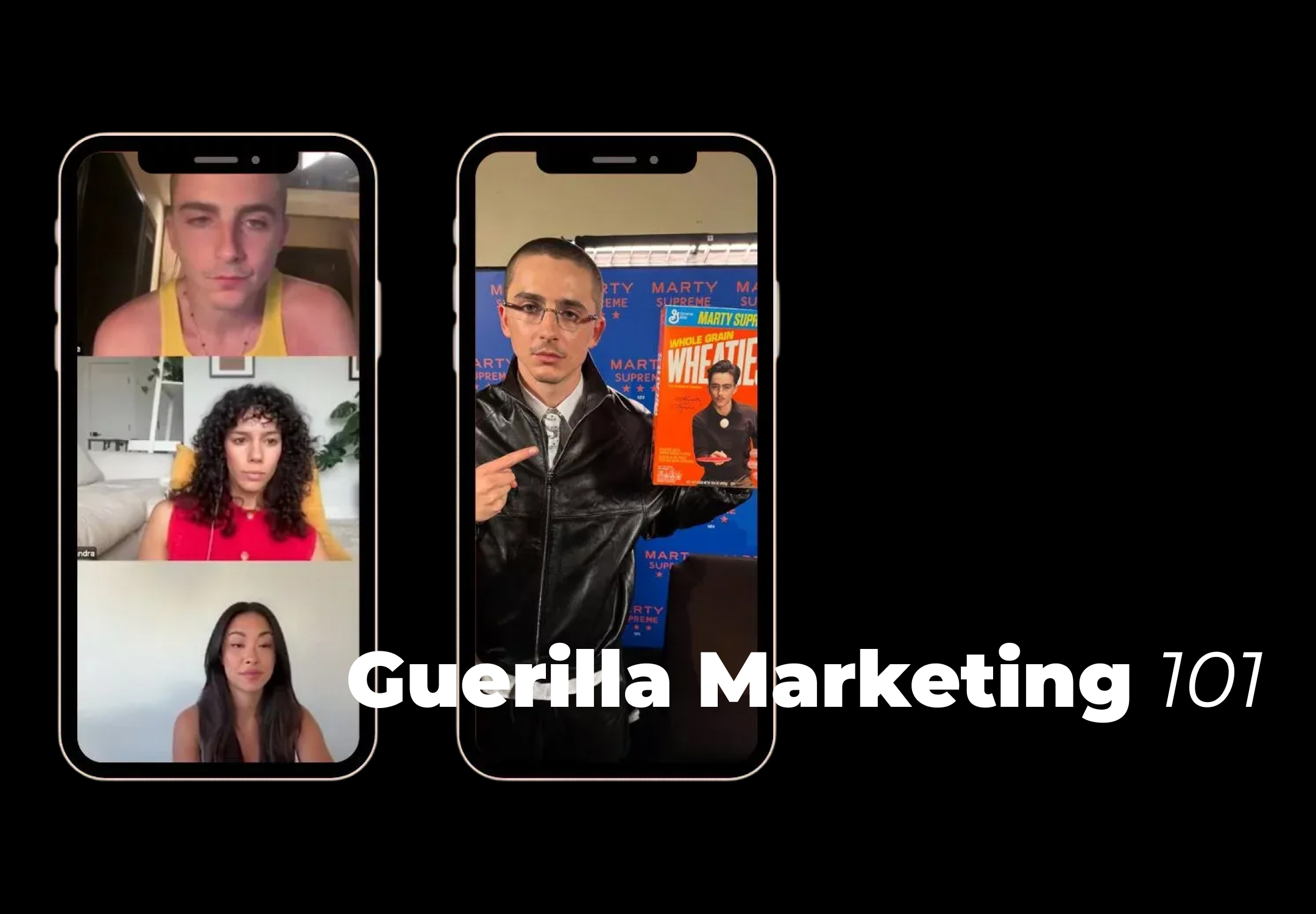
Guerrilla marketing: Tactics that work in 2026
December 23, 2025
How does an indie period drama break presale records and dominate cultural conversation ag...
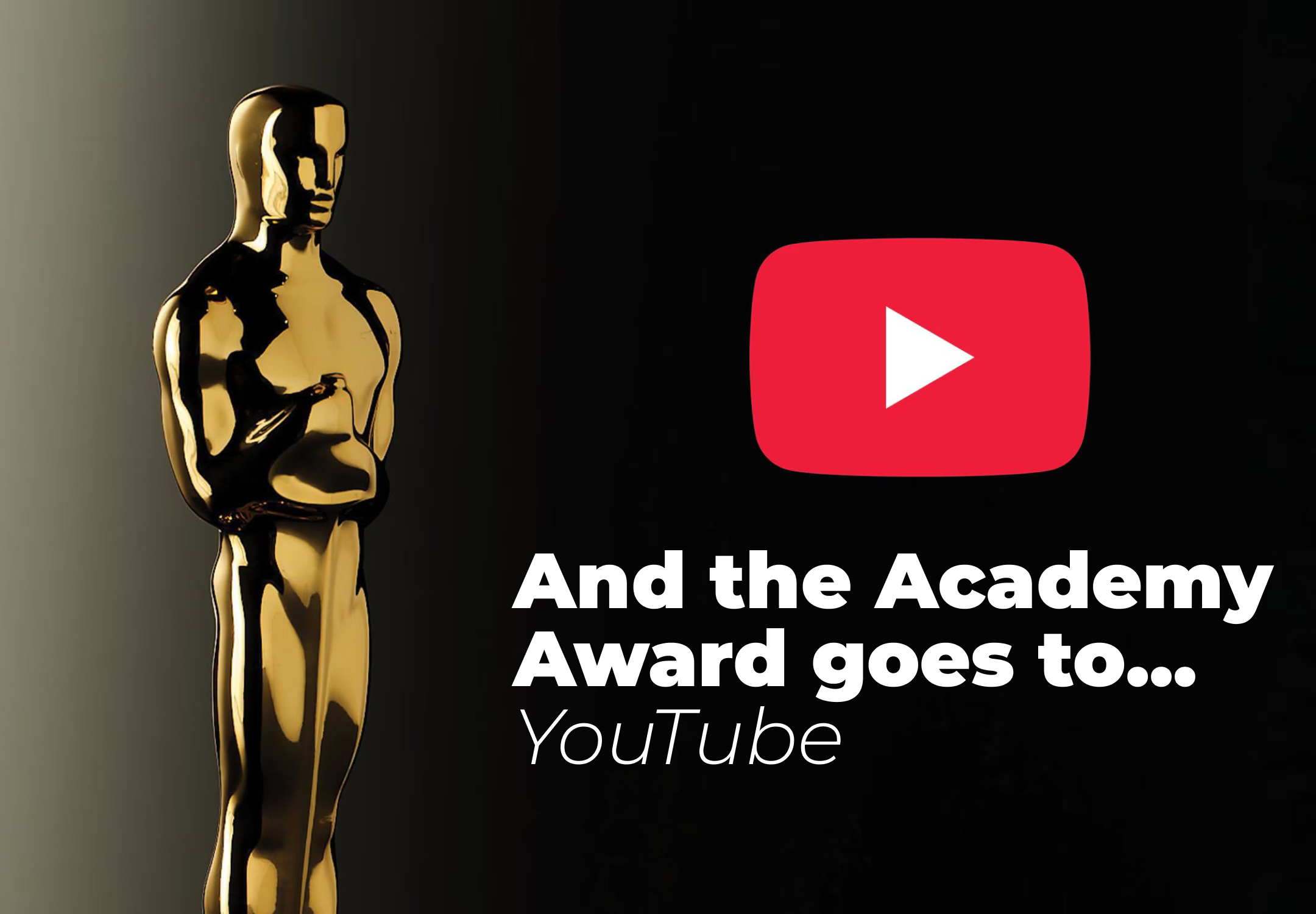
The Oscars move to YouTube in 2029
December 22, 2025
The Academy Awards' shift from ABC to YouTube in 2029 represents the definitive moment whe...
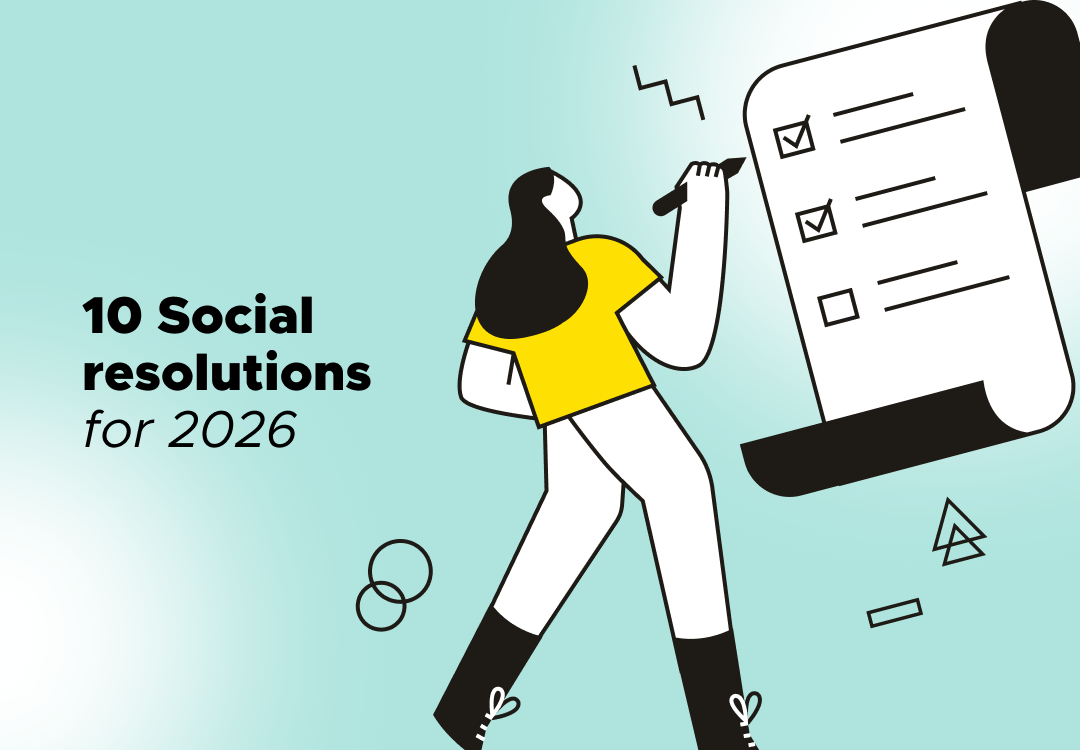
10 resolutions every marketer should have for their social strategy in 2026
December 20, 2025
Transform your social media strategy in 2026 with these actionable resolutions from Pulse...


